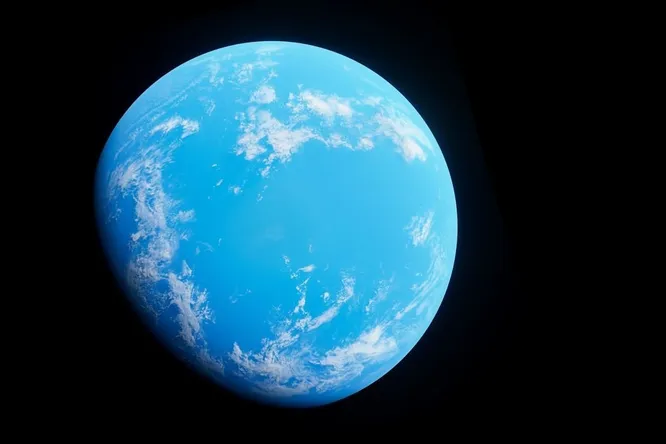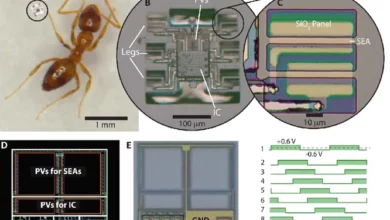
Young Mars had a dense atmosphere and warm oceans
(ORDO NEWS) — Scientists at the University of Arizona analyzed the composition of hydrogen isotopes in different geological layers of Mars.
Based on the analysis, the researchers concluded that for millions of years there were warm oceans on the surface of Mars, the planet’s atmosphere was comparable in density to the Earth’s atmosphere today.
Young Mars was even better prepared for the origin of life than young Earth
Scientists at the University of Arizona, with the participation of the SETI Institute , analyzed the distribution of hydrogen isotopes in different geological layers of Mars.
Based on modern observations and modeling, scientists investigated changes in the planet’s atmosphere.
At first, Mars was humid and had a thick atmosphere. It was 1000 times denser than it is today. The planet could well have warm water oceans. This went on for millions of years.
As on modern Earth, the water vapor in the Martian atmosphere was concentrated mainly in the lower layers, while the upper layers were “dry”.
They contained high concentrations of molecular hydrogen. Kaveh Pahlavan, lead author of the paper and researcher at the SETI Institute , says : “H2 causes a strong greenhouse effect. This dense atmosphere should have warmed up the planet.
Warm water oceans remained stable on the surface of Mars for millions of years until H2 gradually volatilized.”
Separation of hydrogen isotopes
As the work has shown, in the deep layers of the mantle of Mars, samples of which are available to scientists in Martian meteorites, the ratio of hydrogen isotites - deuterium and protium (ordinary hydrogen) - is the same as on Earth.
But in the surface clays analyzed by the Curiosity rover, the ratio changes dramatically: the proportion of deuterium is much larger than on Earth.
This could happen while molecular hydrogen (and this is mostly protium) gradually escaped into space.
When there was less hydrogen, the greenhouse effect disappeared and the planet cooled down. The atmosphere became tense. The oceans dried up. And eventually Mars became what we see it today.
Life source
Experiments carried out as early as the middle of the 20th century show that prebiotic molecules involved in the processes of the origin of life are easily formed in hydrogen-rich atmospheres, and much more difficult in hydrogen-poor atmospheres.
According to scientists, early Mars was like a warm version of modern-day Titan (a moon of Saturn) and was even better prepared for life than early Earth.
The hypothesis that there was once life on Mars was also strengthened by the Perseverance rover, which discovered complex organic molecules in the Lake Lake crater.
—
Online:
Contact us: [email protected]
Our Standards, Terms of Use: Standard Terms And Conditions.









